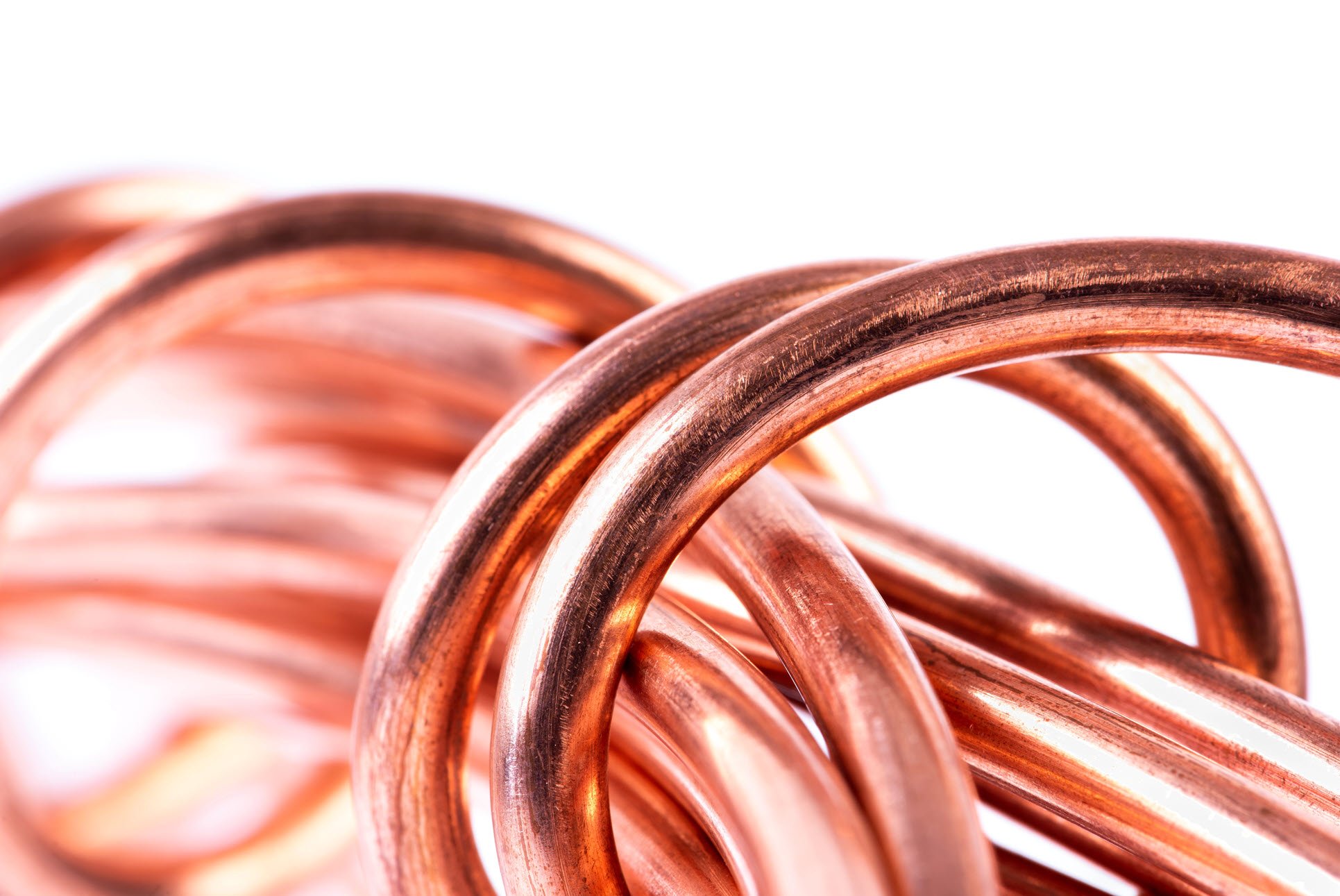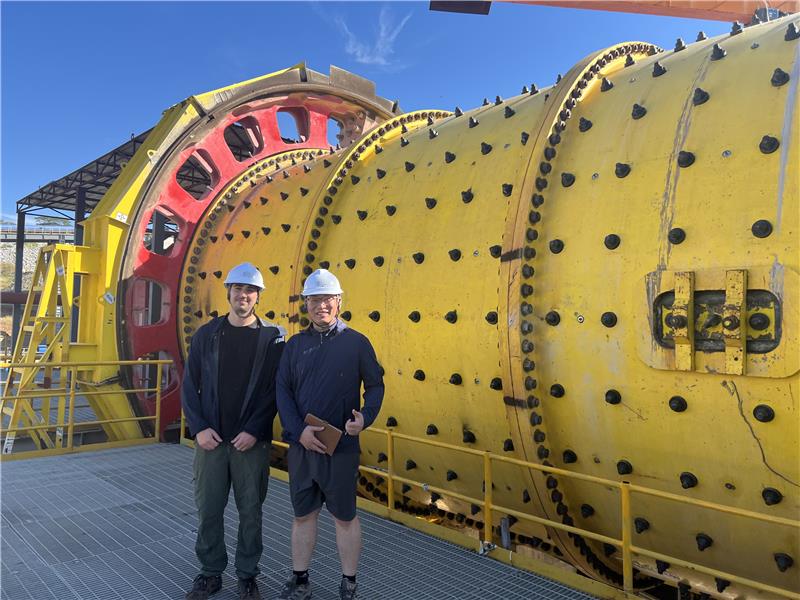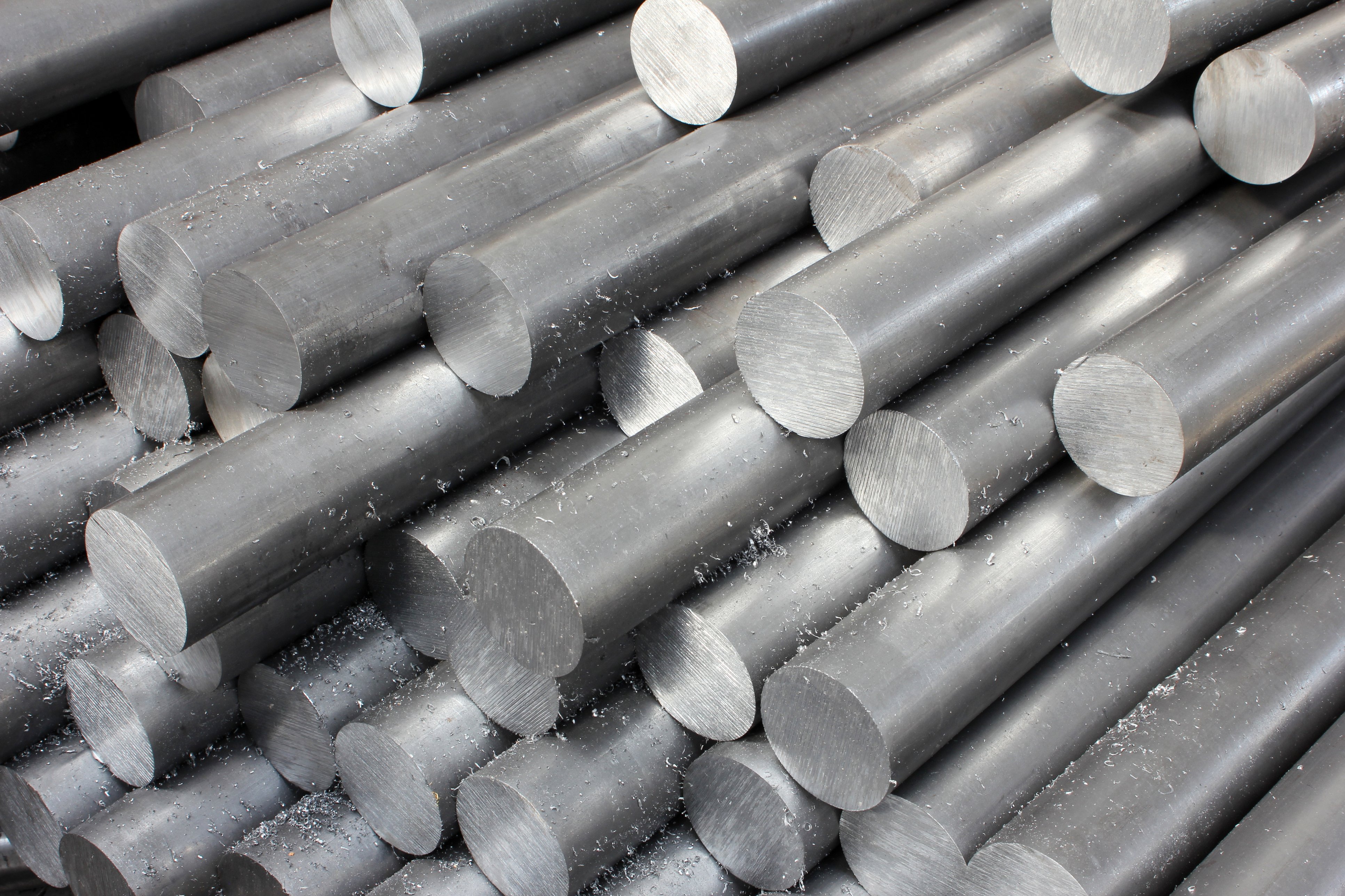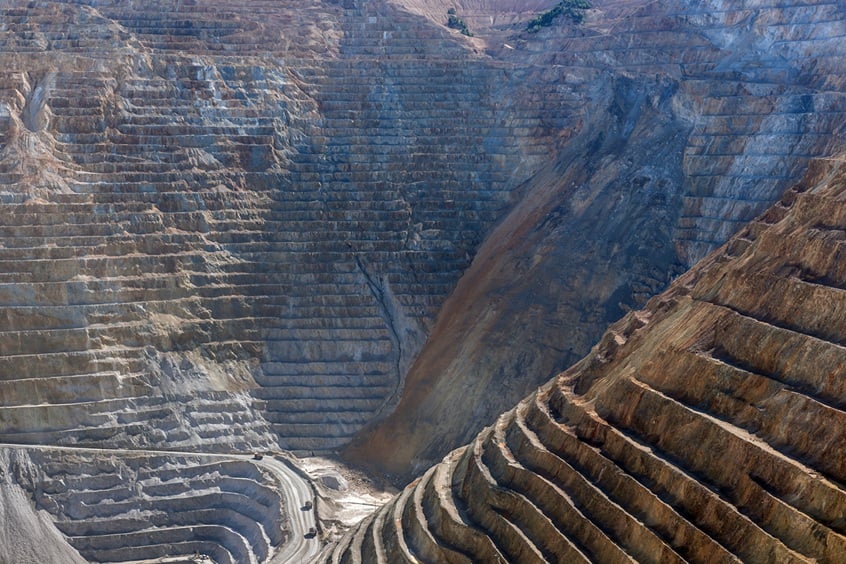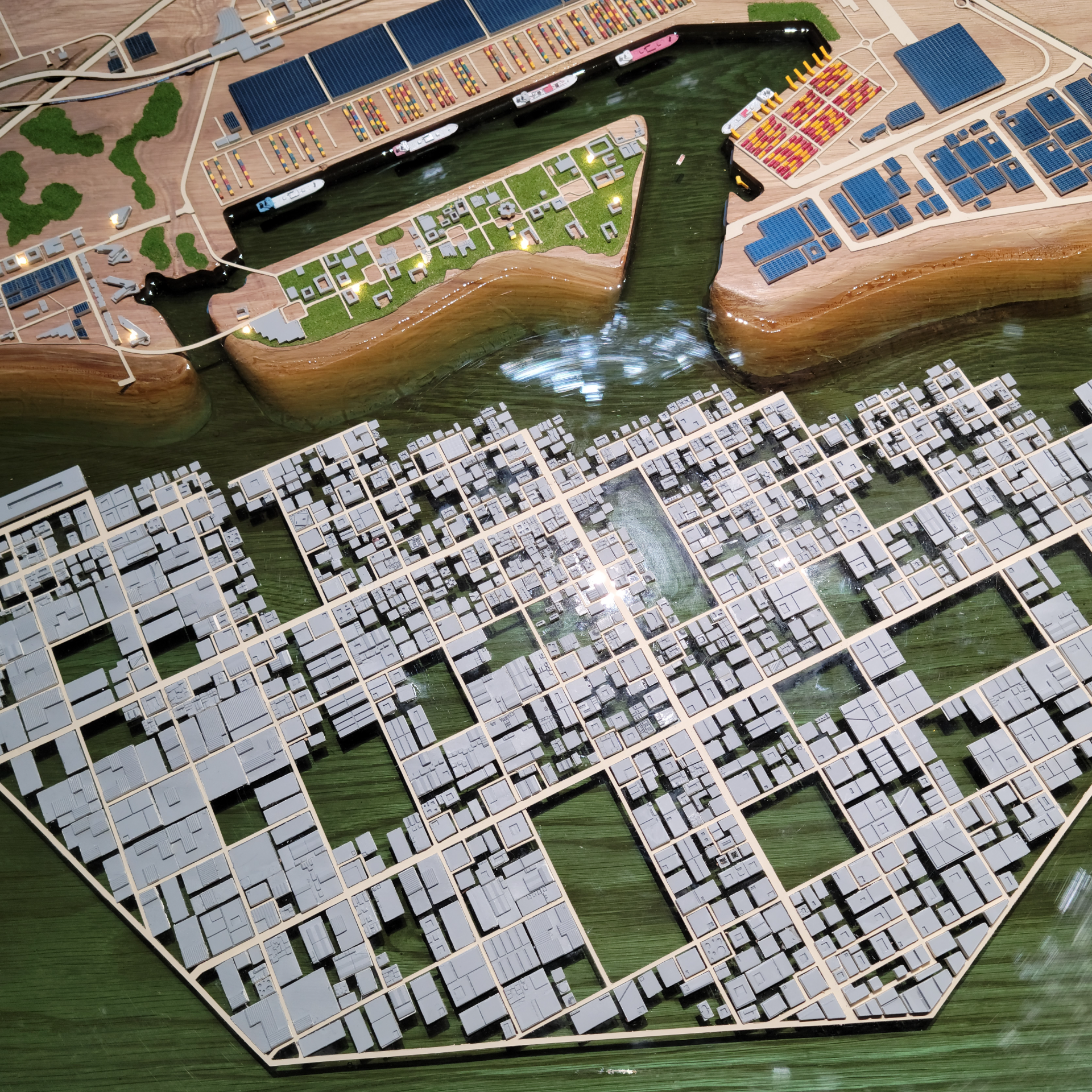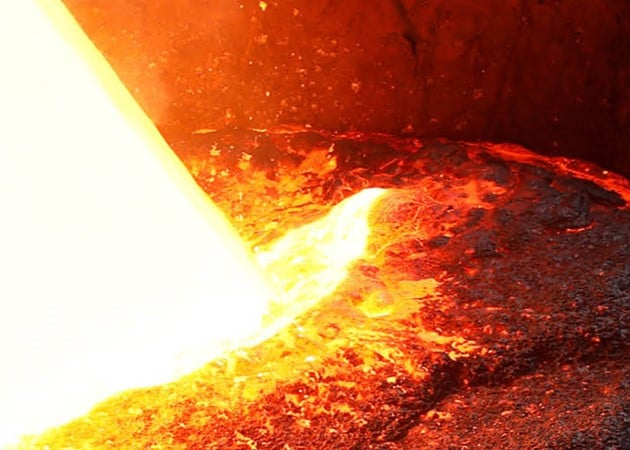- New US tariffs on Chinese imports may stimulate additional ex. China production in the long term. In the meantime, they will impact profitability for US automakers, energy storage installers, and battery manufacturers at a time when cost reduction is the main survival mechanism in an increasingly competitive landscape.
- The battery cost gap with Chinese manufacturers may be narrowed in the short term, but the tariffs also apply to the import of key materials that China dominates, especially graphite.
- Alongside the subsidy-driven Inflation Reduction Act (IRA), the tariffs will accelerate the trend of Chinese battery investments going global. The US will increasingly rely on imports from Free Trade Agreement (FTA) countries in which Korean and Chinese-origin companies are expanding.
US policymakers rail against China trade in an act of performative strength
On 14 May, the US government imposed additional Section 301 tariffs on a range of Chinese products relevant to the battery & EV supply chain, in addition to other industries. This is another instance of policy aimed at onshoring US manufacturing and reducing reliance on China. It is a punitive approach compared to the subsidy-driven IRA.
The decision is also politically motivated. With the US presidential election looming at the end of the year, President Biden is determined to be seen protecting manufacturing jobs, particularly in swing states involved in the influential automotive industry.
The tariff on EVs is largely symbolic and will not make a significant impact as political resistance was already proving enough of a barrier to Chinese entry. The US imported only 10k EVs from China in 2023 – mostly Volvo/Polestar and BMW vehicles – which will soon be able to offset tariffs by building vehicles in the US under the Duty Drawback Program.
The impact will instead be felt in batteries and critical minerals. Automakers and energy storage installers have very few alternative choices in the medium term, especially for critical minerals and lithium-iron-phosphate (LFP) batteries that are dominated by China.
Energy storage installers have no cost-effective choice but to use Chinese LFP, and automakers face another hurdle to their cost reduction efforts. Korean companies will not industrialise LFP until 2027 at the earliest.
Although the additional tariffs combined with the 45X production tax credit seem to make US-made NMC batteries more cost-competitive, in reality, battery manufacturers have not been willing to pass on the savings from the tax credit to their automaker partners. Additionally, OEMs cannot quickly switch from one battery to another in the middle of a vehicle life cycle.
Tariffs will accelerate the trend of China going overseas
The new tariffs may provide an additional stimulus for domestic supply chain investments in the long term. Still, in the meantime North America faces immediate technical, financial, and political challenges to expanding domestic capacity for mining, refining and active materials. Building and operating processing facilities in China remains far cheaper than elsewhere.
Given that the tariffs target finished products produced in mainland China and do not apply a tracing of raw materials mechanism, it leaves the door open for further Chinese battery investments in the rest of the world and for producers outside China to utilise raw materials made in China. North America will increasingly rely on FTA countries such as South Korea for upstream and midstream supply.
Ironically, Korean companies will in any case collaborate with Chinese counterparts, especially on midstream processing and LFP technology, and Chinese-origin companies are the main players in FTA countries. For the battery materials market, this would mean more demand for refined chemicals exports from FTA countries and more consumption in precursor, cathode and anode production in FTA countries.
Time is not on the US’s side – and it still needs China
US auto and battery manufacturers still need Chinese supply and know-how to remain competitive on the global stage. The automotive industry is undergoing unprecedented upheaval as legacy automakers struggle to compete in the EV sector with much stronger Chinese counterparts. These counterparts are more able to deliver cost reductions and technical innovations. The market share of US automakers in China has already been decimated.
Considering this and Chinese dominance in critical stages of the supply chain, the additional tariffs on critical minerals and battery components pose a downside risk to the North American industry and end-use demand. This may even end up offsetting any upside potential to the South Korean industry mentioned above.
China could potentially retaliate
In 2023, China flexed its muscles in response to previous US tariffs, the introduction of the IRA, and the EU’s anti-subsidy probe by imposing licensing controls on the export of high-purity graphite. Under normal circumstances, it would not be in China’s immediate interest to restrict exports, but it is now in a position where it may feel the need to fire another warning shot and, in a worst-case scenario, squeeze exports of critical minerals such as graphite. This would strangle the Western battery industry before it has a chance to develop.
Restricting both trade and investment is a recipe for cost inflation
Based on historical precedent, punitive tariffs reduce the competitive pressure on domestic producers to cut costs, innovate, and invest in their supply chain. While there are no easy answers, lessons can be learned from recent history – when Tesla was invited and aided in establishing an assembly plant in Shanghai, it did so under the condition that it uses the Chinese supply chain. It set a new industry benchmark that prompted Chinese automakers to accelerate innovation and develop more competitive products.
Similarly, in the 1980s, tariffs and quotas on Japanese vehicle exports to the US helped to steer Japanese OEMs into making substantial investments in production facilities in North America. If the same were to happen today, Chinese OEMs could bring their expertise and boost to the supply chain in the US, bringing down costs. They would be unlikely to argue with this, even if it is under the condition that they use a local supply chain or form joint ventures with US companies.
However, in contrast to Europe, the US is simply not open to this kind of inward investment from Chinese entities. At the same time, the IRA’s eligibility rules for tax credits exclude sourcing even from some Chinese companies operating outside China.
Therefore, the impact of the tariffs is likely to fall on the costs and profitability of automakers, energy storage installers, and battery manufacturers at a time when cost reduction is the main survival mechanism in an intensely competitive landscape. This will reduce affordability for consumers and will have the effect of slowing down EV adoption and the energy transition in the US.




